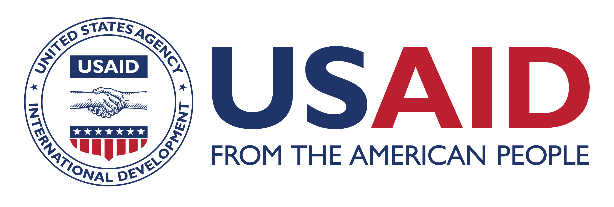
Resource Library
Private Provider Networks: The Role of Viability in Expanding the Supply of Reproductive Health and Family Planning Services
Why Private Provider Networks? As the private sector plays an increasingly critical role in the delivery of reproductive health/family planning (RH/FP) services, donors and public health ministries are turning their attention to business arrangements that offer the potential to increase access to high-quality priority health services. Private provider networks hold the promise of cost effectively expanding the scale of private practice, and are increasingly being considered as a way to achieve national public health objectives. Networks are an affiliation of health service providers grouped together under an umbrella structure or organization. They are an attractive mechanism for delivering uniform health services to a broad market, with a structure that lends itself to replication. Networks are able to realize efficiencies in training, capacity building, product distribution, procurement, and the advertising of health services. This paper distinguishes among three types of networks based on their objectives (social or commercial) and their ownership (individual or integrated). The network types are not-for-profit networks, social franchises, and purely commercial networks. To date, evidence on the effectiveness of networks in achieving RH/FP objectives is scarce, and even less is known about the factors that contribute to their long-term viability. This review is intended to address this knowledge gap, offering practical guidance to donors and network implementers on how to expand the supply of high-quality priority health services. The paper first assesses whether and how networks achieve viability and, second, distills lessons that have contributed to network viability. The review also examines the extent to which viability goals conflict with or support the delivery of RH/FP services. By drawing from the business practices of both commercial and donor-supported networks and assessing their relative strengths and weaknesses, the paper cross-fertilizes lessons from each and suggests the need for synergies and partnerships across sectors. The methodology consisted of a literature review of publications and resources on over 50 networks, the development of a framework to assess network viability, followed by in-depth interviews with representatives of 23 networks. All selected networks met the following criteria: they operate through several service delivery points, serve low to middle-income populations, and provide RH/FP services.
Resource Type : Report
Country :
Year : 2006-04-28T11:00:00
Language : English
Project : SHOPS


